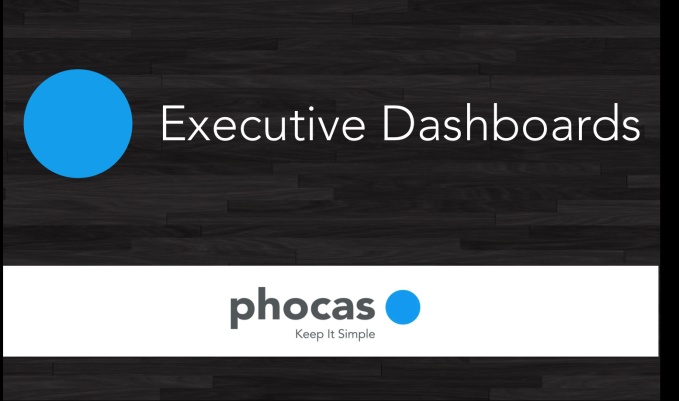With business intelligence dashboards, simplicity is key. We’ve all experienced carnival-like websites with side bars cluttered with irrelevant links, advertisements and other garbage that is just plain annoying. When we are searching the web, we are seeking data and information. Clutter makes it harder for us to extract the information that we need. The same is true with dashboards.
When users view their custom dashboards, they don’t want to see data that is irrelevant to their positions. They also don’t want to see all of the data that is relevant to their positions. Steve Krug wrote a book titled “Don’t Make Me Think: A Common Sense Approach to Web Usability” that addresses the importance of simplicity when designing websites. I believe that the same concept of “Don’t make the user think” can be applied to the creation of an effective dashboard design.
When your business analysts, managers, and VPs log in to view their dashboards, provide them a few broad categories that display current data that they might want to glance at to start their day. If you are like me, the first thing you do when you sit down at your desk is check your email. For dashboard users, the second action is probably to glance at their BI dashboards.
The beauty of the BI dashboard design is that the users have the ability to drill-down and view details about summarized data, so there is no need to display complex aggregated data on the home page of the dashboard.
Lastly, I have to point out that you can’t guess what the users want to see on their dashboards. Don’t get overly enthused and skip the requirements gathering phase. Meet with your users before designing their dashboards to get a feel for what they would like to see. After they have had access to their dashboards for several months, follow-up with them; Are they using the data that is provided? What types of reports would they like to see? Make changes as needed to keep the dashboards up-to-date and relevant.
To watch a recording of our free webinar on Dashboards, please see below:







